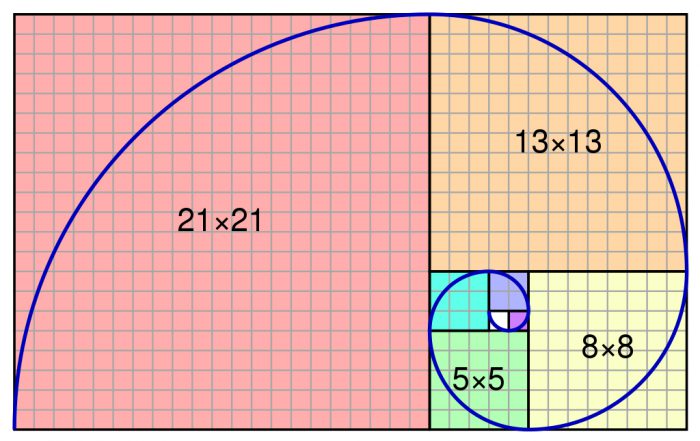Welcome to 2021, readers!
To get this exciting new year started, let's do some math. Well, math and 3D printing.
A Dutch company called Twente Additive Manufacturing has made the first 3D-printed house based on the Fibonacci sequence (say fih-boh-NAH-chee). Made of printed concrete, the home is set to reside in Canada and will be completed soon. Here's a video of the pieces coming together.
That sounds like a really cool breakthrough, right? But it brings up a good question. What exactly is the Fibonacci sequence? And why is it significant?
Natural sequence
The Fibonacci sequence, or Fibonacci numbers, is a pattern where each number is made up of the sum of the two previous numbers. Its first numbers are always 0 and 1. Here's how the math goes...
0 + 1 = 1
1 + 1 = 2
1 + 2 = 3
2 + 3 = 5
3 + 5 = 8
And so on! Written down as a sequence of numbers, you get is 0, 1, 1, 2, 3, 5, 8, 13, 21, 34, 55 ... This sequence keeps going and going.
Spiral out
By using the Fibonacci sequence, you can print spiral patterns like the one below. Spirals like this also exist all over the natural world, especially in plants, such as flowers and pine cones.

A Fibonacci spiral. (Wikimedia Commons)
Does that look familiar? It's a lot like the spirals found on the fern at the top of this post (scroll back up to see for yourself).
And that's right—it's also the exact shape of the 3D-printed house that Twente has made!
Concrete example of nature
It is this natural similarity that inspired the Dutch builders to make their Fibonacci sequence house. They wanted to see if they could build a home that was in harmony with nature. Did they succeed?
It's certainly a cool-looking building. And the more we look at it, the more we start to think ... we'd love to try living in a gently spiralling house! It would be so calming.
Speaking of calming, we'll leave you with other short video from Twente that shows one of their concrete 3D printers in action. Will your next home be built this way? If so, we'd like to be there when it happens because this is sooooo relaxing.
 What does this curled part of a fern have in common with a new 3D-printed home? Read on to find out! (Wikimedia Commons)
What does this curled part of a fern have in common with a new 3D-printed home? Read on to find out! (Wikimedia Commons)









